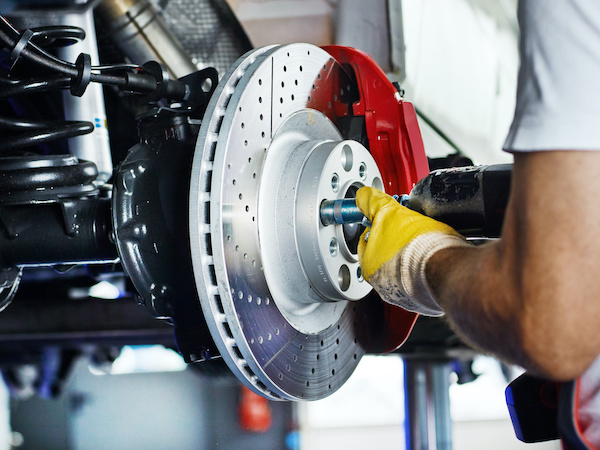- The transmission of your vehicle is a critical component that ensures smooth shifting of gears and optimal performance. When transmission issues arise, it’s essential to understand the signs, causes, and repair options available to maintain your vehicle’s functionality and safety.
Signs of Transmission Problems

Recognizing early signs of transmission issues can prevent further damage and costly repairs:
- Slipping Gears: When your vehicle unexpectedly shifts gears or slips out of gear while driving.
- Delayed or Rough Shifting: Difficulty brakes and alignment shifting gears or a noticeable delay between shifts.
- Unusual Noises: Grinding, whining, or clunking noises during gear shifts or while in neutral.
- Fluid Leaks: Red or brown fluid pooling under your vehicle, indicating a transmission fluid leak.
- Warning Lights: The check engine light or transmission warning light illuminates on your dashboard.
Common Causes of Transmission Issues
Understanding what causes transmission problems can help you address issues promptly:
- Lack of Maintenance: Failure to change transmission fluid at recommended intervals can lead to fluid degradation and component wear.
- Overheating: Excessive heat can break down transmission fluid and damage internal components.
- Worn Clutch: In manual transmissions, a worn clutch can cause slipping or difficulty shifting gears.
- Mechanical Failures: Issues with transmission solenoids, sensors, or seals can lead to malfunction.
- Driving Habits: Aggressive driving, towing heavy loads, or frequent stop-and-go traffic can accelerate wear on transmission components.
Repair Options for Transmission Issues
Depending on the severity of the problem, transmission repairs can vary:
- Fluid Change/Flush: Routine maintenance to replace old fluid with new, maintaining proper lubrication and cooling.
- Seal Replacement: Repairing leaks by replacing worn seals to prevent fluid loss.
- Clutch Adjustment or Replacement: Adjusting or replacing worn-out clutches in manual transmissions to restore proper shifting.
- Solenoid Replacement: Addressing faulty transmission solenoids that control fluid flow and gear engagement.
- Rebuild or Replacement: Comprehensive repair involving disassembly, inspection, and replacement of damaged components, or in severe cases, complete transmission replacement.
Choosing a Transmission Repair Specialist
Finding a reputable transmission repair specialist is crucial for effective and reliable repairs:
- Experience and Expertise: Look for mechanics or shops with specialized knowledge and experience in transmission repair.
- Diagnostic Tools: Ensure the repair shop uses modern diagnostic tools to accurately identify transmission issues.
- Warranty and Guarantees: Ask about warranties on parts and labor to ensure quality and reliability of repairs.
- Customer Reviews: Check online reviews or ask for referrals to gauge customer satisfaction and service quality.
Preventative Maintenance Tips
To prolong the life of your transmission and prevent future issues:
- Follow Maintenance Schedule: Regularly change transmission fluid and perform inspections as recommended by your vehicle’s manufacturer.
- Drive Responsibly: Avoid aggressive driving habits and excessive loads that can strain your transmission.
- Monitor Fluid Levels: Check transmission fluid levels regularly and address leaks promptly.
- Temperature Control: Avoid overheating by ensuring proper cooling system maintenance and avoiding prolonged idling.
By understanding the signs, causes, and repair options for transmission issues, you can take proactive steps to maintain your vehicle’s transmission health and reliability. Prompt attention to any signs of trouble and seeking professional repairs from a trusted specialist can help keep you safely on the road for miles to come.

